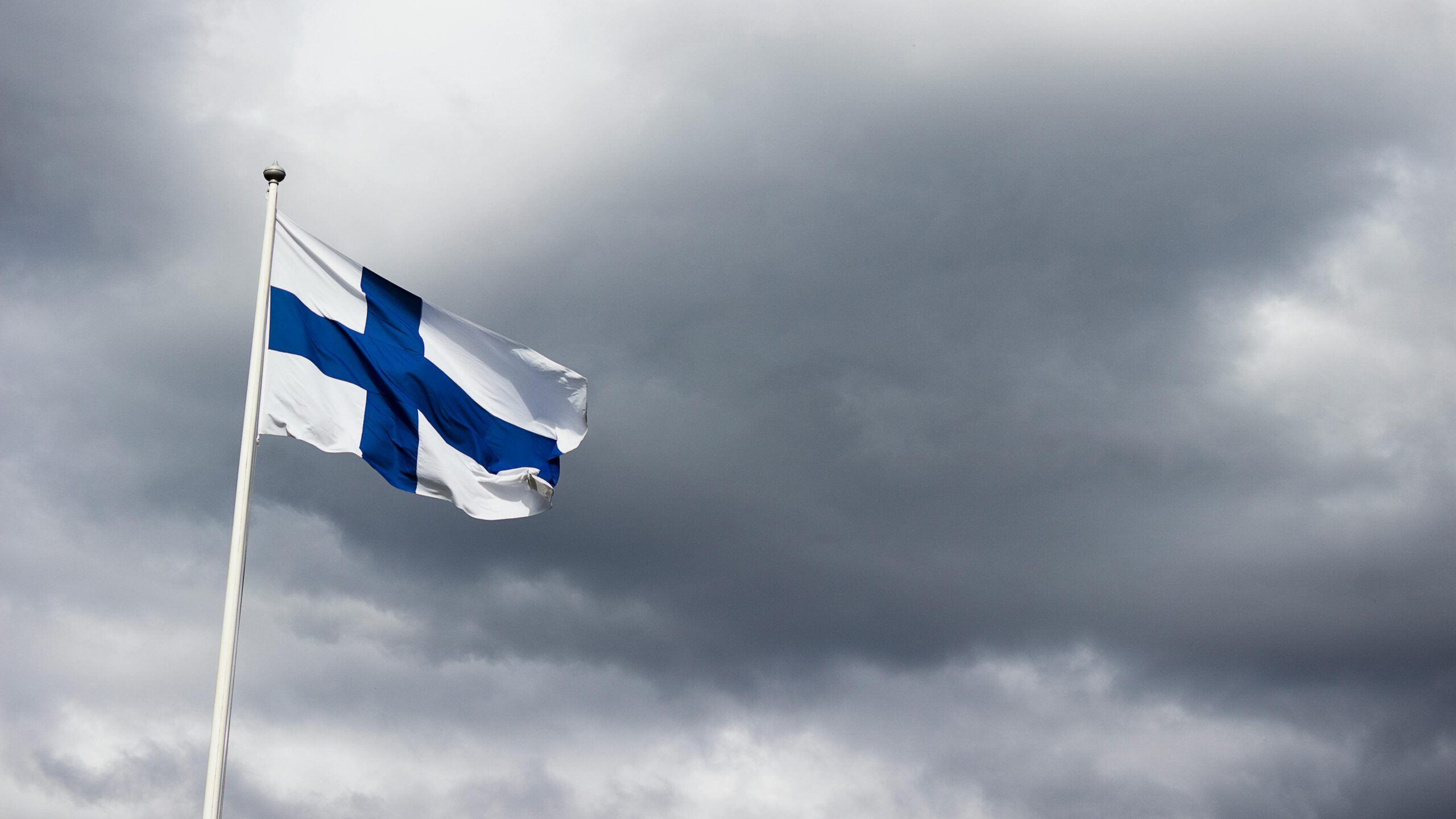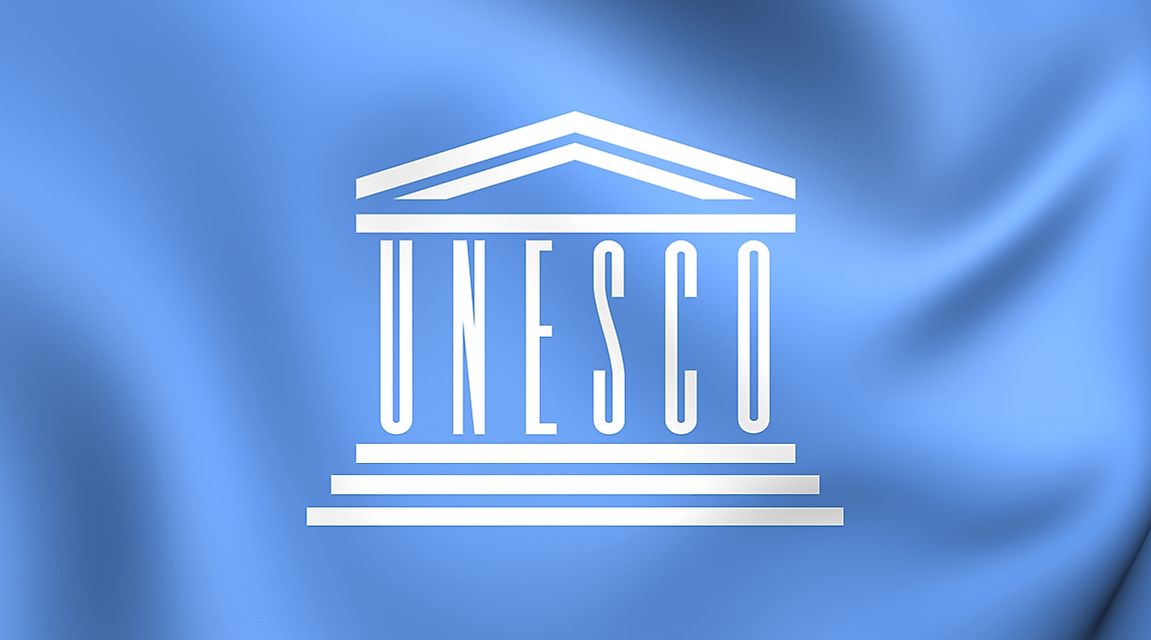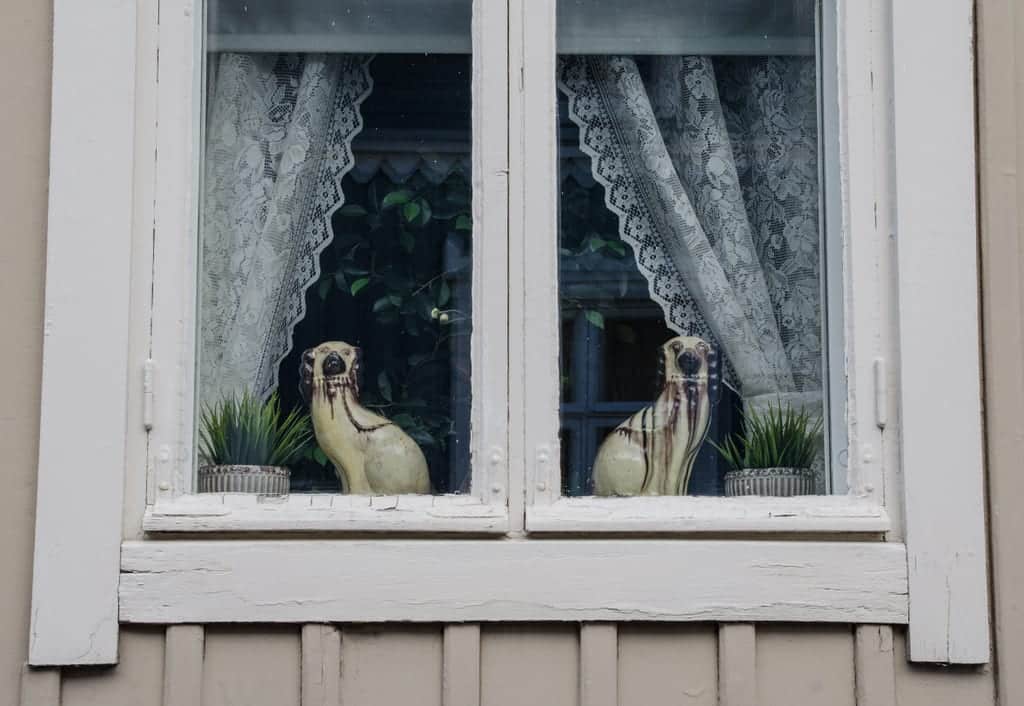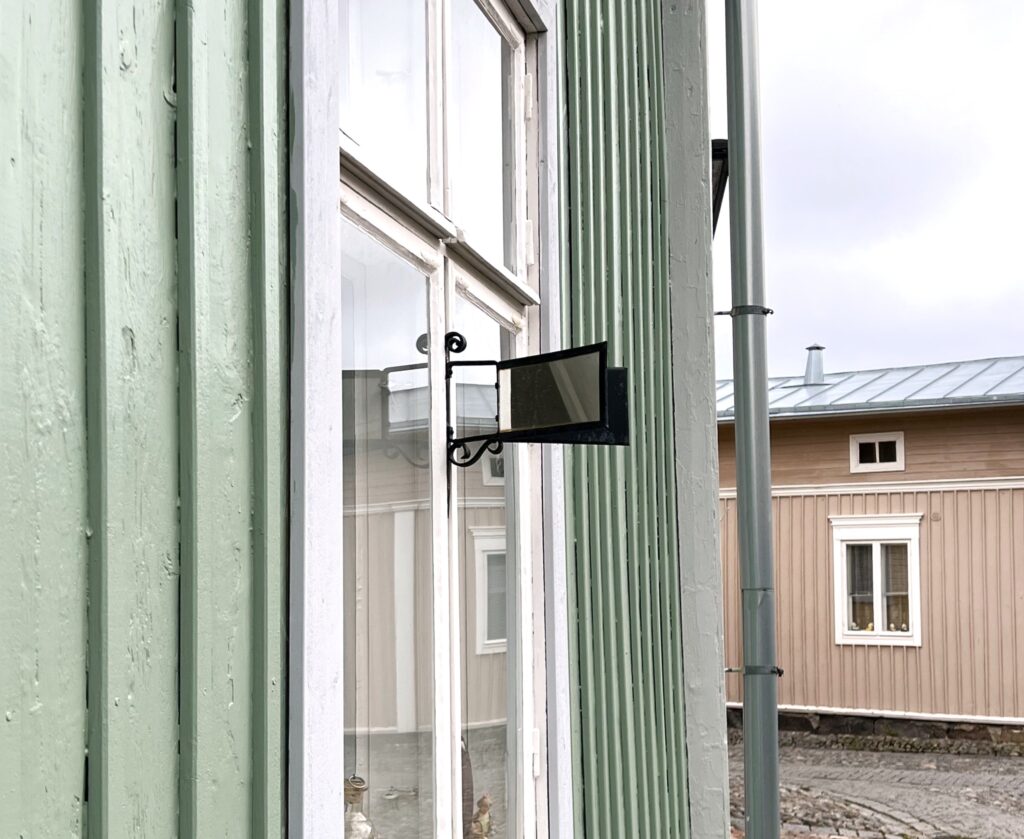
Nestled on Finland’s west coast, the city of Rauma is rich of history, art, and maritime coulture. At the heart of Rauma is Old Rauma (il local language is called Vanha Rauma), a labyrinth of cobblestone streets and centuries-old wooden houses. This isn’t a museum piece because there are still people inside the houses. There are many charming boutiques, cozy cafes, and artisan workshops tucked into colorful buildings. But Rauma’s story extends beyond its wooden heart. The city’s soul is deeply connected to the sea. Its vibrant port, maritime museum, and the bustling archipelago are a testament to its long history as a seafaring hub. And just a short drive away, there is the mysterious Sammallahdenmäki, a Bronze Age burial site that offers a glimpse into a forgotten era. We think that Rauma captivates with its authentic and timeless beauty.
While Rauma is famous for its charming wooden houses and vibrant maritime culture, the city holds another secret, a testament to a much earlier time: Sammallahdenmäki. Located just a short drive from the city center, this ancient burial site is one of Finland’s two UNESCO World Heritage Sites and an extraordinary window into the Bronze Age. In the middle of wooded grounds, a profound sense of history envelops. The site is not a grand, imposing monument, but rather a collection of 36 burial cairns of varying sizes and shapes, scattered across a rocky, forested ridge. These cairns, piled with granite stones, are the final resting places of people who lived and died here over 3,000 years ago. By walking along the well-marked trail, we encounter the most famous cairn, “Kirkonlaattia” (the Church Floor), a massive, rectangular structure that stands out from the others. Its name comes from its impressive size, resembling a church floor. Another remarkable cairn along the path is “Huilunsuo,” which is long and narrow. The site’s location on a former coastline is a fascinating detail; back in the Bronze Age, the sea would have lapped at the base of this hill, a stark reminder of how much the landscape has changed over millennia.

Rauma is also famous for the donut, or as they’re known in Finnish, munkki. In Rauma, the donut is more than just a pastry; it’s a part of a cherished local tradition called pystökaffe, which translates literally to “standing coffee.” This practice involves grabbing a cup of coffee and a warm donut from a market stall and enjoying it while standing up, often chatting with friends or people-watching. It’s a simple, everyday ritual that offers a genuine taste of Rauma’s relaxed and friendly local culture. The munkki itself is a delightful creation—a round, fluffy yeast donut with a hint of cardamom, deep-fried to a perfect golden brown and generously coated in granulated sugar. They are a staple of the Finnish springtime celebration of Vappu (May Day), but in Rauma, they’re a treat to be enjoyed year-round. We were told many cafes were eat this local donut but we went in a retro style cafe called Wanhan Rauman KaffeBar, there we had nice donuts forom € 2.80 each one.
While we were walking trough Rauma streets our eyes catched a peculiar sight: a small, often ceramic or wooden dog statue sitting on a windowsill, gazing out at the street. This isn’t just a quirky decoration; it’s a centuries-old, silent signal with a story deeply rooted in Rauma’s maritime past. Rauma has long been a city of seafarers and merchants, and in the days of sail, a sailor’s life meant long, solitary voyages that could last for months or even years. This is where the tradition of the window dogs, or ikkunakoira in Finnish, was born. The tradition served as a simple yet powerful form of communication within the tight-knit community. When the sailor of the house was away at sea, his wife would place a dog statue in the window, facing the street. This was a quiet signal to the rest of the town that she was home alone and should not be disturbed by unwanted suitors. It was a sign of a faithful wife and a husband at sea. When the sailor returned home, the statue would be turned to face the interior of the house. This was the signal that the master of the house was back, and the home was once again complete. In some stories, the wife would even place the dog facing the street but with its head turned, to indicate her husband was at home but would be leaving again soon. Today, while the days of long sailing voyages are largely over, the tradition lives on. The small figurines are a beloved part of Rauma’s cultural identity. They are a nod to the city’s heritage and a charming reminder of the love and loyalty that defined a seafaring life.
If you look closely at some of the houses, you’ll spot a detail that is both curious and charming: a small, angled mirror mounted on the exterior of a window. These are the famous “gossip mirrors,” a unique and fascinating part of Rauma’s cultural history. Known in Finnish as juorupeili (gossip mirror) or ikkunapeili (window mirror), these devices are much more than simple decorations. They were a clever and practical tool, allowing the residents to observe the life on the street without being seen themselves. The mirrors are designed with angled panes that give a view of both sides of the street, making it possible to discreetly see who was walking by, who was visiting a neighbor, or what was happening at the local market. The term “gossip mirror” hints at their secondary, and perhaps most beloved, function: they were a subtle way for residents to stay up-to-date on the latest news and happenings in their neighborhood, all from the comfort and privacy of their own home. While their original function as a tool for discrete observation may have faded with time, the gossip mirrors remain a cherished part of Rauma’s identity. They are a tangible link to a bygone era, a time when community life revolved around the rhythms of the street and a quick glance in a mirror could tell you everything you needed to know. Today, they serve as a perfect example of how the small, everyday details of Old Rauma are what make it such a uniquely captivating place to visit.


